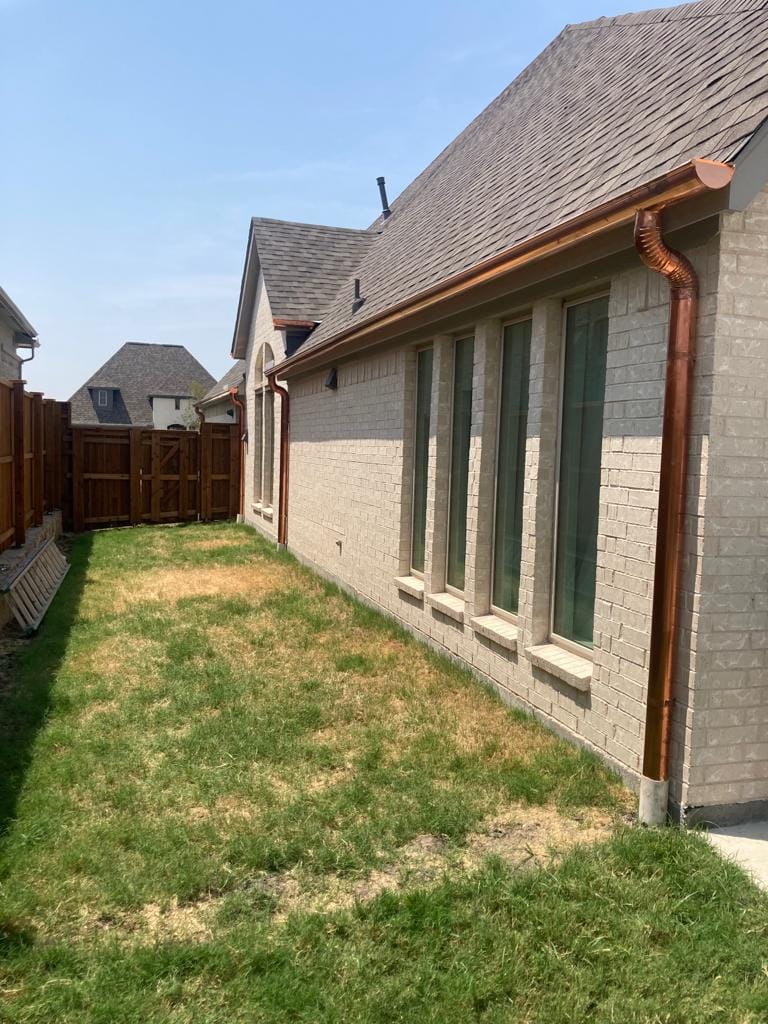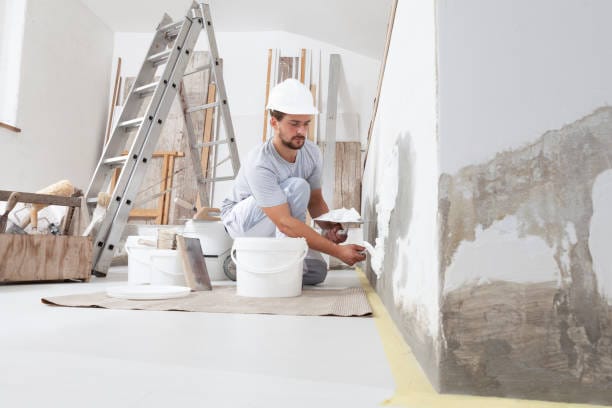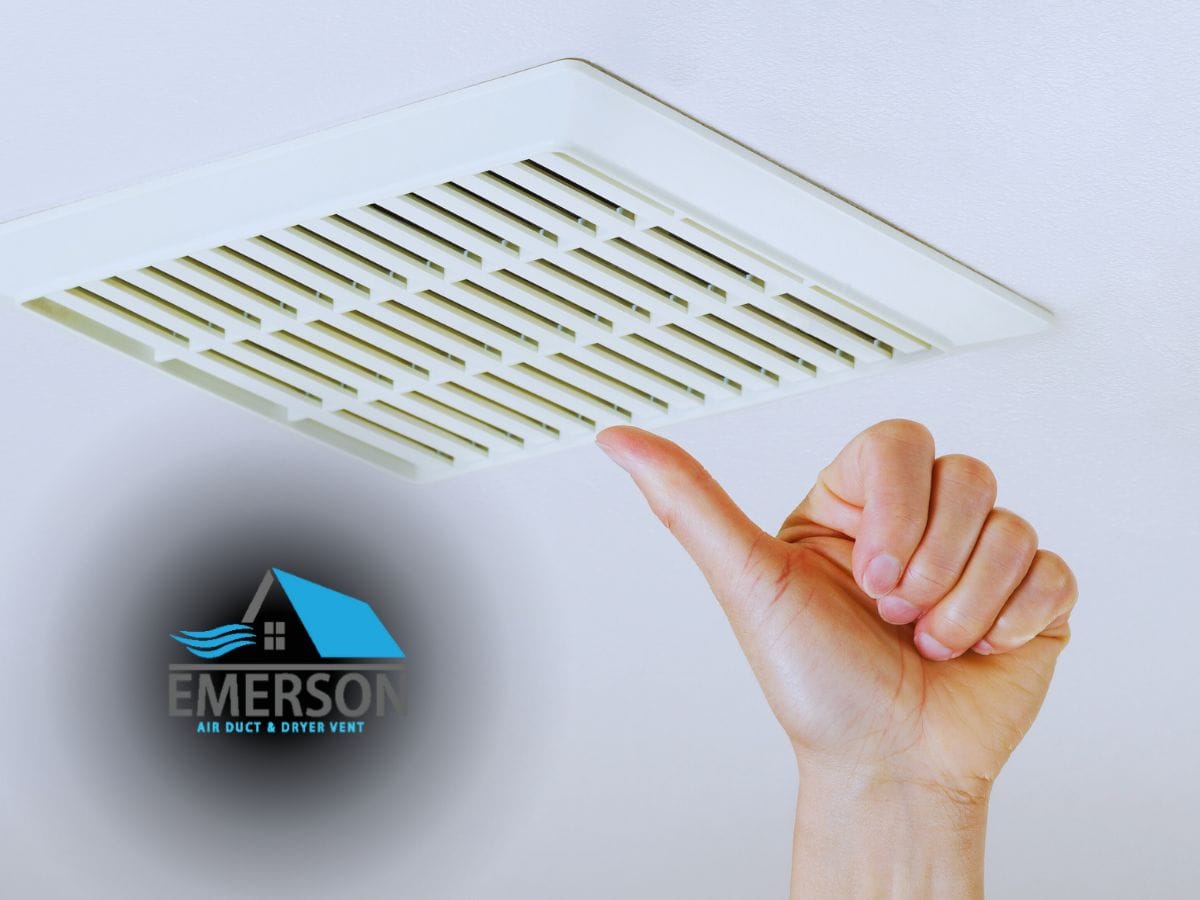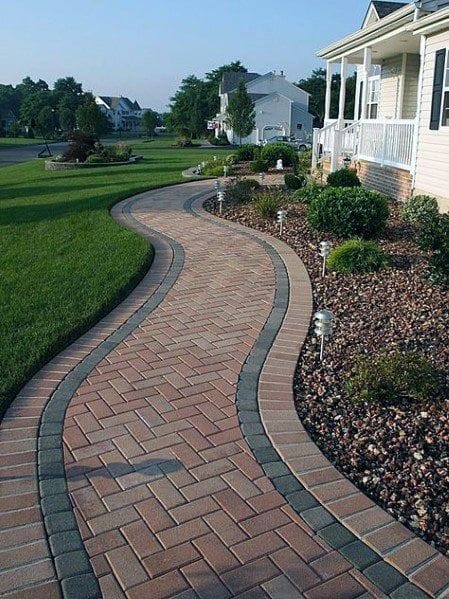Proper siding installation is crucial for both the appearance and longevity of your home’s exterior. Even small mistakes can lead to structural damage, costly repairs, and energy inefficiencies. Here are some of the most common siding installation mistakes and how to avoid them.

1. Failing to Prepare the Surface Properly
Before installing new siding, the surface must be clean, dry, and free of debris or damage. Neglecting this step can lead to uneven installation, moisture problems, and premature deterioration. Before beginning, always inspect the underlying structure for rot, mold, or old siding remnants.
2. Not Leaving Enough Room for Expansion
Vinyl and fiber cement siding expand and contract with temperature changes. Leaving enough space for movement can cause buckling, warping, or cracking. Always follow manufacturer recommendations for expansion gaps to ensure long-term durability.
3. Incorrect Nailing Techniques
Using the wrong nailing technique can lead to loose or damaged siding. Overdriven nails can restrict expansion, while underdriven nails can cause panels to become loose in strong winds. Make sure nails are driven straight and leave a slight gap between the nail head and the panel to allow for movement.
4. Ignoring Proper Flashing and Sealing
Flashing around windows, doors, and corners prevents water intrusion. Without proper flashing and sealing, moisture can seep behind the siding, leading to mold, rot, and structural damage. Always install flashing correctly and use high-quality sealants to protect your home from water damage.
5. Skipping the House Wrap or Moisture Barrier
A house wrap or moisture barrier adds an extra layer of protection against water infiltration. Some homeowners and contractors skip this step, leading to moisture buildup and insulation problems. Always use a high-quality moisture barrier to enhance energy efficiency and prevent leaks.
6. Improper Panel Overlaps
For siding to be both aesthetically pleasing and weather-resistant, panel overlaps must be consistent. If panels are too tight or uneven, they can create gaps where water and pests can enter. Following manufacturer guidelines for overlap spacing ensures a professional finish and better durability.
7. Mismatched or Low-Quality Materials
Using mismatched siding materials or low-quality products can lead to premature wear and an inconsistent appearance. Always invest in durable, high-quality siding that is suited for your climate and home style to ensure a long-lasting, attractive finish.
8. Forgetting to Account for Drainage
Proper water drainage is essential for preventing moisture buildup behind the siding. Poorly installed siding that traps water can lead to mold and rot. Ensure your siding has proper spacing and that drainage channels are clear to allow water to escape efficiently.
Final Thoughts
Avoiding these common siding installation mistakes can save you time, money, and frustration in the long run. Whether you’re installing siding yourself or hiring a contractor, paying attention to detail and following best practices will ensure a beautiful, durable exterior for years to come.
At Emerson Roofing & Siding, we are committed to helping you make an informed decision that meets your needs and preferences. We are located at 911 Turtle Creek Blvd Suite 300, Dallas, TX 75219 with contact number 972-573-5854. Please visit our website at https://emersonproservices.com/roofing-siding/ to learn more about our roofing services and schedule a consultation. Let us help you protect and enhance your home with the best roofing solutions.







